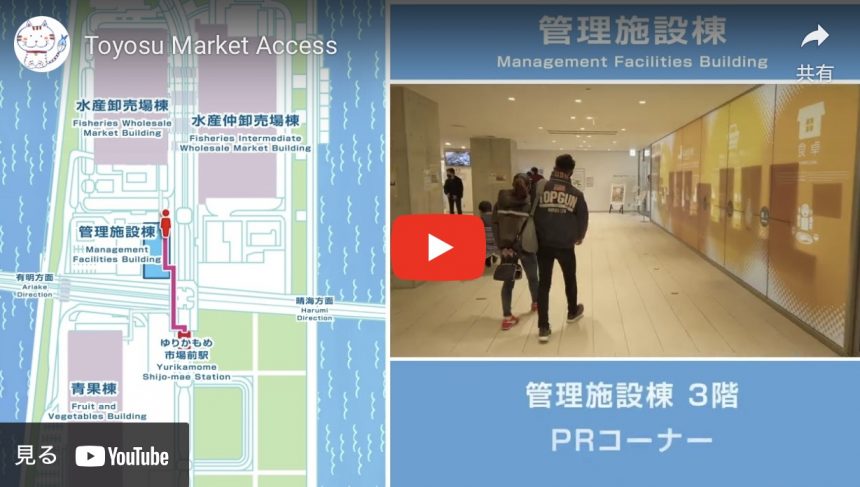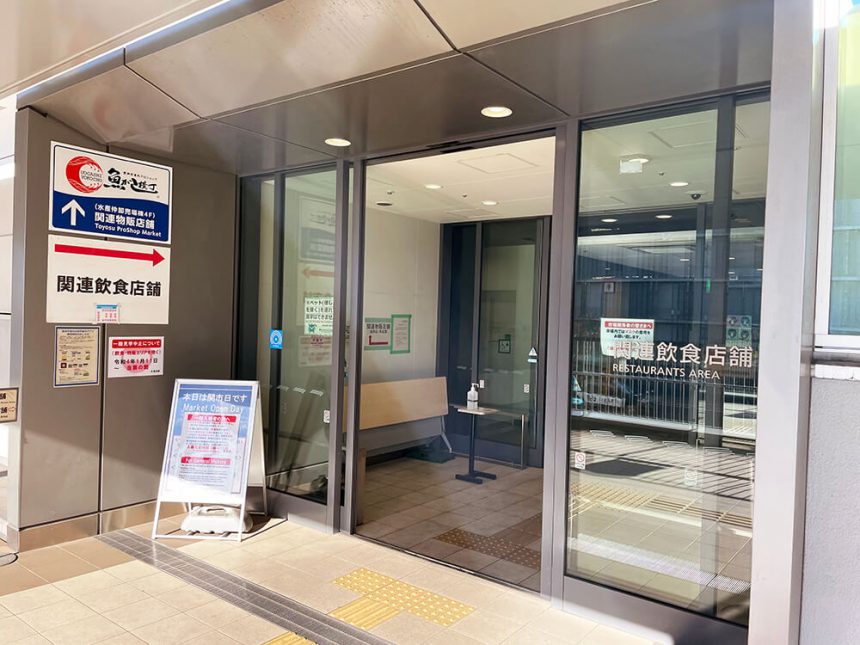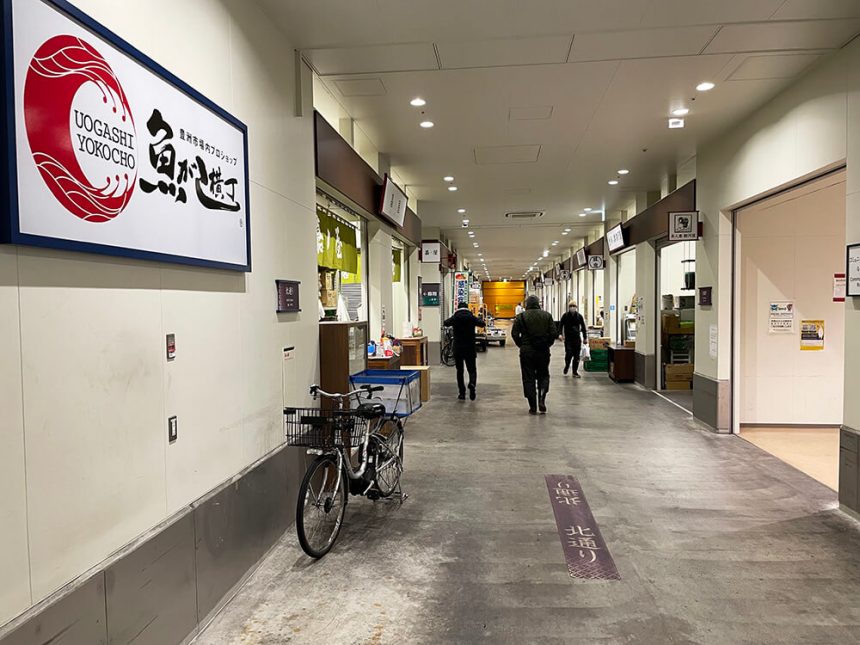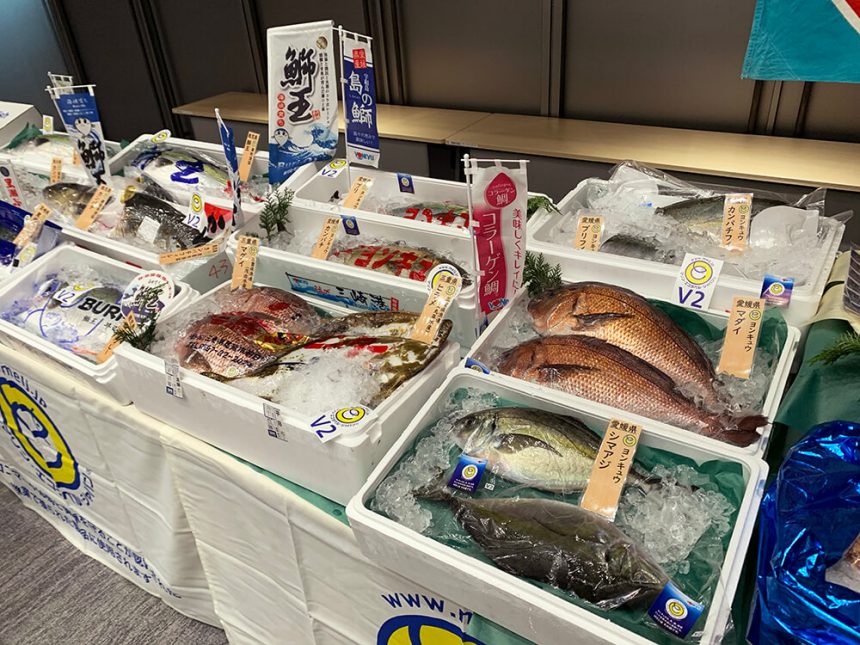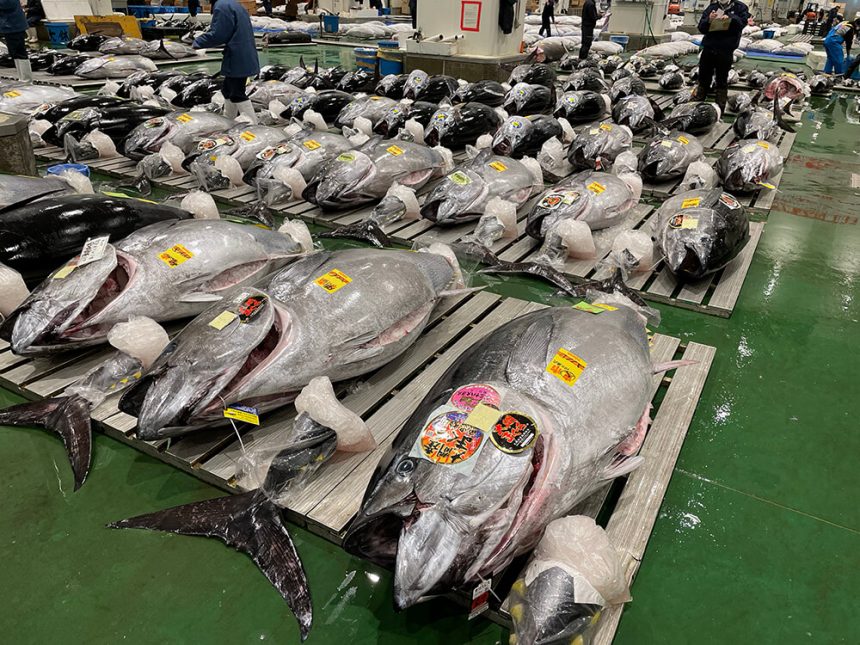Fruit and Vegetable Market
- One day at the market
Toyosu Market may be best known for its seafood, but fish is not the only kind of produce traded there. The facility includes an entire building spanning roughly 97,000 square meters, which is dedicated to the sale of fruit and vegetables delivered fresh from throughout Japan and from overseas every day. Supermarkets rely on these shipments to stock their shelves, and chefs across Tokyo and the rest of eastern Japan come to the market to source the best seasonal produce and garnishes for their menus. The items traded at the Toyosu Fruit and Vegetable Market range from everyday greens such as cabbage and carrots to expensive ingredients such as matsutake mushrooms, which are prized for their earthy flavor and are only available fresh in autumn. Auctions for premium produce can be highly competitive, and many producers of these goods prefer to have them traded at Toyosu Market because that is where they tend to yield the highest prices. The market plays a role in setting prices and influencing trends in the nationwide trade of fruit and vegetables, and is therefore closely monitored by farmers, produce traders, and other professionals.
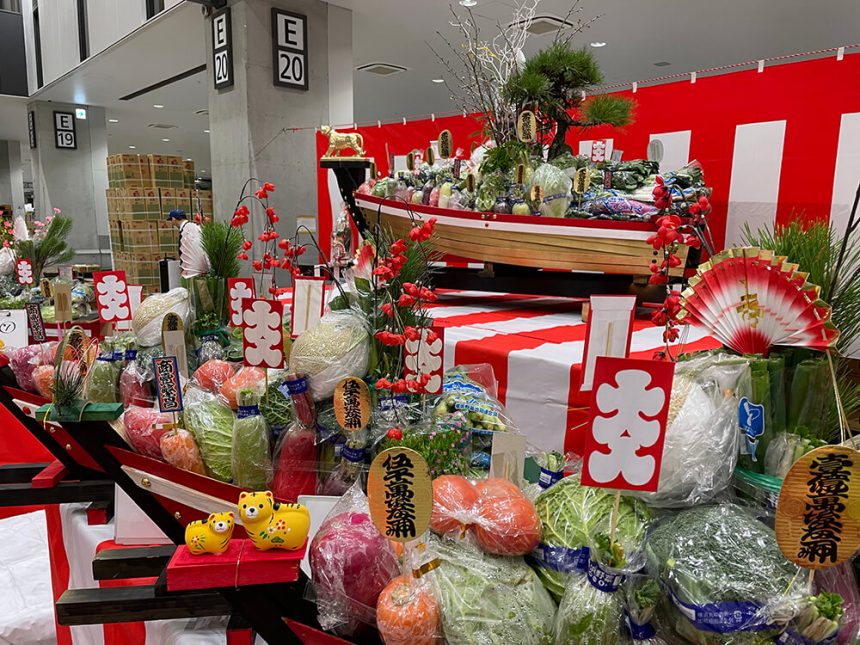
One day at the market
As approximately 1,000 tons of produce circulate through the market daily, the Toyosu Fruit and Vegetable Market is essentially in operation 24 hours a day. Every new day begins just after midnight with the unloading of newly arrived items; the auctions start at 6:30 a.m. The majority of items are not put up for auction, however; rather, they are sold through one-on-one transactions between wholesalers and intermediaries or authorized buyers. Once paid and accounted for, the fruit and vegetables are loaded onto the trucks that will take them to supermarkets and restaurants. Then the facility is washed down in readiness to repeat the entire process the next day. Some of this activity can be glimpsed from the visitors’ deck on the second floor, where parts of the walls are color-coded based on the fruits and vegetables that are in season during different months. Explanatory panels on the walls relay information on the market’s functions and offer statistics on the produce being traded.





